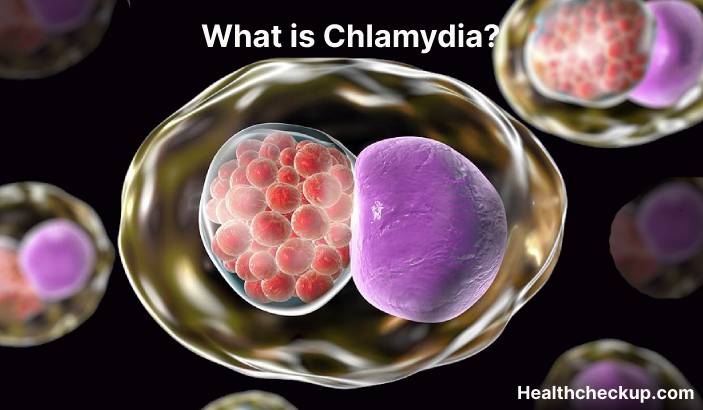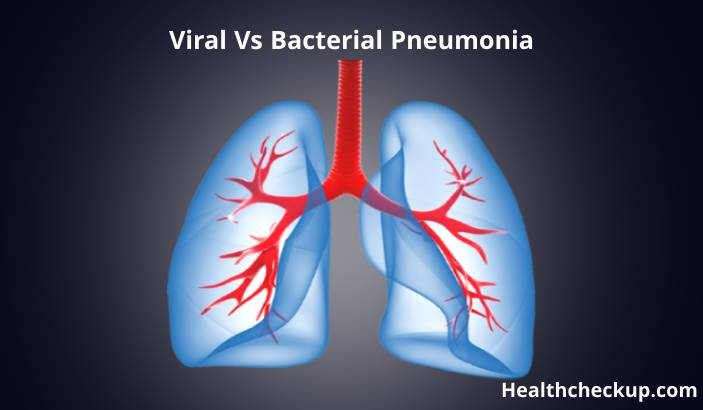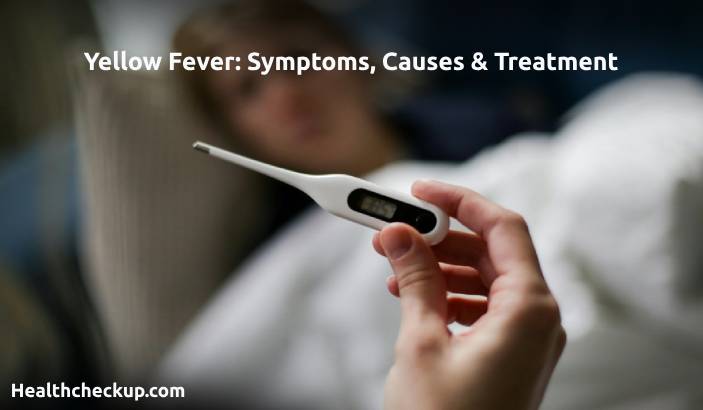Chlamydia is a bacterial infection that is transmitted through sexual contact. It is the most commonly reported sexually transmitted infection (STI) in the United States. In this article, we will explore the symptoms, diagnosis, treatment, and prevention of chlamydia infection.
Symptoms of chlamydia infection
Symptoms of chlamydia infection may not appear for several weeks after exposure to the bacteria. When present, symptoms include:
- Painful urination
- Discharge from the penis or vagina
- Pain during sexual intercourse
- Abdominal pain
- Rectal pain or discharge (in men who have sex with men)
In women, chlamydia infection can also lead to pelvic inflammatory disease (PID), which can cause abdominal pain, fever, and difficulty becoming pregnant.
Diagnosis of chlamydia infection
Chlamydia infection is typically diagnosed through laboratory testing of a urine sample or genital swab. A healthcare provider also asks about the person’s sexual history and any symptoms they are experiencing.
Treatment of chlamydia infection
Chlamydia infection is treated with antibiotics, which can help to clear the infection. It is important to complete the full course of treatment as prescribed by a healthcare provider to ensure that the infection is fully cleared.
It is also important to inform any sexual partners about the infection so that they can be tested and treated as well. This can help to prevent the spread of the infection.
Prevention of chlamydia infection
There are several steps that can help to prevent chlamydia infection, including:
- Using condoms or other barrier methods during sexual activity: Condoms and other barrier methods, such as dental dams, can help to reduce the risk of chlamydia infection by preventing the exchange of bodily fluids.
- Limiting the number of sexual partners: The risk of chlamydia infection increases with the number of sexual partners. Limiting the number of sexual partners can help to reduce the risk of infection.
- Getting tested regularly: Regular testing is important for early detection and treatment of chlamydia infection. This can help to prevent the spread of the infection and reduce the risk of complications.
It is important to seek medical attention if chlamydia infection is suspected, as early treatment can help to reduce the risk of complications and long-term health effects.









